As ventures grow, product strategy and prioritization can help teams to maintain focus. However, misalignment happens often and can destroy a startup.
According to Gibson Biddle, former vice president of production for Netflix, one of the biggest causes is differing opinions on whether teams should focus on growth, engagement, or monetization.
In this City University session, Josh and Kyle from City Innovations explore what the GEM Framework is and how it is utilized to help teams prioritize goals and create product strategies.
Read the Recap
What is the GEM Framework?
The exact origin of the GEM framework is uncertain. However, it was introduced more broadly by Biddle, who presented it during a Product Leader Summit in 2018. The framework encourages cross-functional teams to prioritize the three pillars — growth, engagement, and monetization — and helps to build a metric-focused strategy.
“[Biddle] positioned this as a tool to use, because it always identifies differences on a team at the highest, most strategic level,” Kyle explained. “We’re talking about how to find your mission and purpose as a team, and getting everyone to start pointing that metaphorical boat in the same direction.”
“When we host workshops, I like to ask the audience, the group, or the customer — what is your biggest focus right now? Is it growth, engagement, or monetization?” Kyle continued. “And it’s always fun because the answers are never the same. [This questioning] always calls out key differences and sets up the path for the rest of that workshop.”
Most people say either growth or engagement — which is great, especially when it comes to startups because focusing on monetization comes later.
The whole point is to highlight what you’re really focusing on and how that inform the items in your backlog.
A Necessary Trio
Let’s dive a little deeper into each pillar of the GEM framework.
Growth is all about how a company finds new users or customers. It’s about getting the right message in front of the people who need what you have or create.
Engagement is how a customer or user is retained and engaged, whether they’re checking in on the app or checking out of a purchase. This is critical to understanding what exactly brings people back.
Monetization is the way in which a company turns the value they generate into revenue, so they don’t crash and burn. This may be through subscription fees, one-time purchases, or the creation of marketplaces where they take a share of transactions between buyers and sellers.
In a lot of ways, growth, engagement, and monetization are interlinked. A startup won’t see success by solely focusing on one of the pillars. However, the GEM framework is an extremely effective method for keeping teams on track as you navigate through your growth strategy.
GEMs and Pirates
The GEM framework can be tracked alongside the Pirate Metrics framework, also commonly referred to as “AARRR.” AARRR stands for acquisition, activation, retention, referral, and revenue — which are all user-behavior metrics that startups should be tracking as they map out their strategic growth.
“When you’re looking at acquisition as a first Pirate Metric, you’re talking about engagement. When you’ve got monetization, that’s revenue in the Pirate Metric,” Josh noted. “It’s almost mapped out the same and it might get people to think about how they can optimize different parts of the Pirate Metrics.”
“It speaks to that funnel, for sure. You have to think about acquisition, activation, and then we start thinking about retention and revenue,” Kyle agreed. “The other fun thing about [the GEM] framework is that the words are so ambiguous, so it leads to a constructive conversation about ‘What do we mean when we say growth?’”
“It is almost inevitable that those questions will come up and it leads to how we measure it and perfectly segues into Pirate Metrics,” Kyle explained.
Create a Dazzling Strategy
The GEM framework is a way to create a long-term focus for teams, and that focus allows for building a successful startup. Most companies stumble because they are missing one of the three legs of the framework — they don’t have a plan to execute them.
Once you’ve found your focus, you can monitor your metrics and align them with your vision to ensure that your team is on track and that resources are being allocated effectively. The GEM framework can help startups both to communicate what matters most to the team and to your bottom line.




